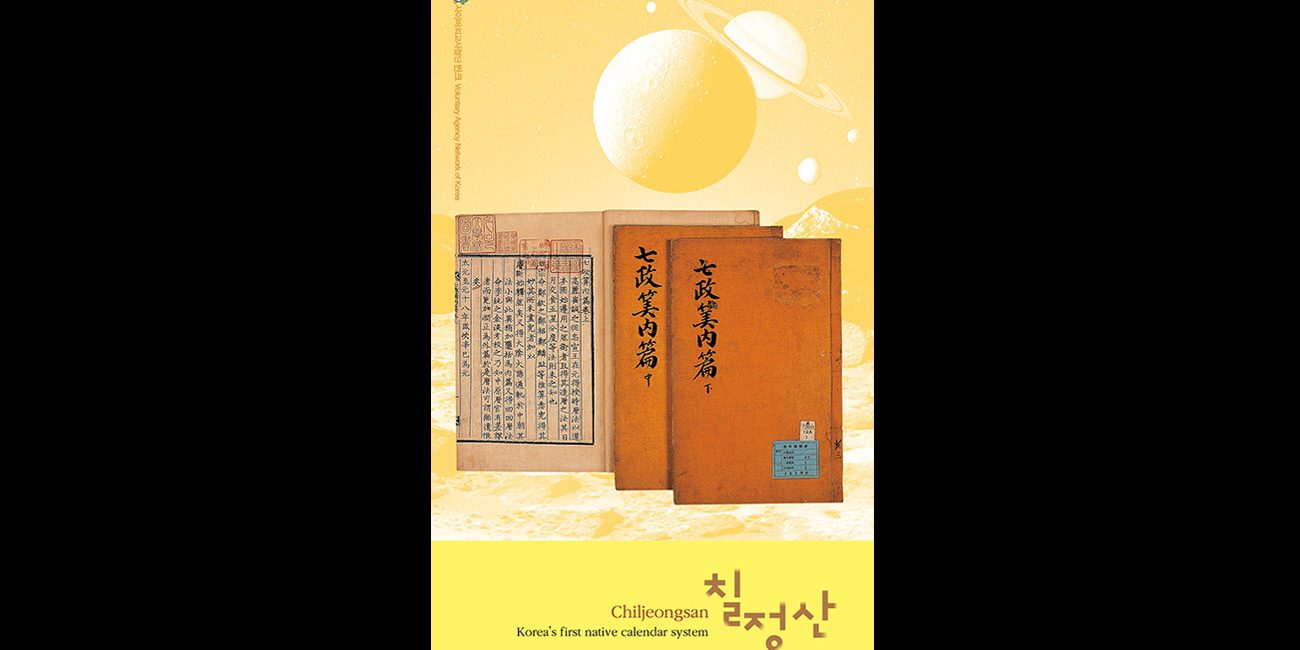Every day, the King and crown prince discussed a native calendar system with Jeong Cho and other officials at the Ganuidae royal observatory – A record of August 11, 1433, from the Sejong Sillok
Chiljeongsan is the Korean native calendar system created in 1443, the 15th year of King Sejong’s reign, during Joseon. Chiljeong in the title refers to the seven components that govern the calendar system, including the sun, the moon, Jupiter, Mars, Saturn, Venus, and Mercury. Chiljeongsan consists of two volumes. One volume used the Chinese calendar systems to calculate the positions of the seven celestial determinants relative to Joseon. The other used the Islamic calendar system.
In the 15th century, creating its own calendar system was a large-scale national project. It required talented astronomers and astronomical tools. King Sejong took steady steps. First, he encouraged his scholars to research the existing calendar systems of East Asia. Then, he had them research the calendar system of Arabia, then the world leader of astronomy. Once he had trained astronomers, he developed the infrastructure for astronomical observations by building the royal observatory of Ganuidae in 1434 and developing astronomical tools, such as Honcheonui (celestial globe) and Ganui (simplified version of Honcheonui).
By 1437, Joseon devised numerous astronomical tools, including Honsang (celestial globe), Gyupyo (gnomon), Jagyeongnu (water clock), Soganui (mini version of Ganui), Angbuilgu (sundial), Cheonpyeongilgu (portable sundial), and Hyeonjuilgu (portable sundial). Using these devices, Joseon was able to predict solar and lunar eclipses and astronomical changes much more accurately than before. Chiljeongsan (1443) was the culmination of Joseon’s astronomical advancement.
Joseon developed its calendar system by applying its knowledge of the Chinese and Islamic calendar systems to its own astronomical observations. The creation of an independent calendar system was a remarkable achievement.
